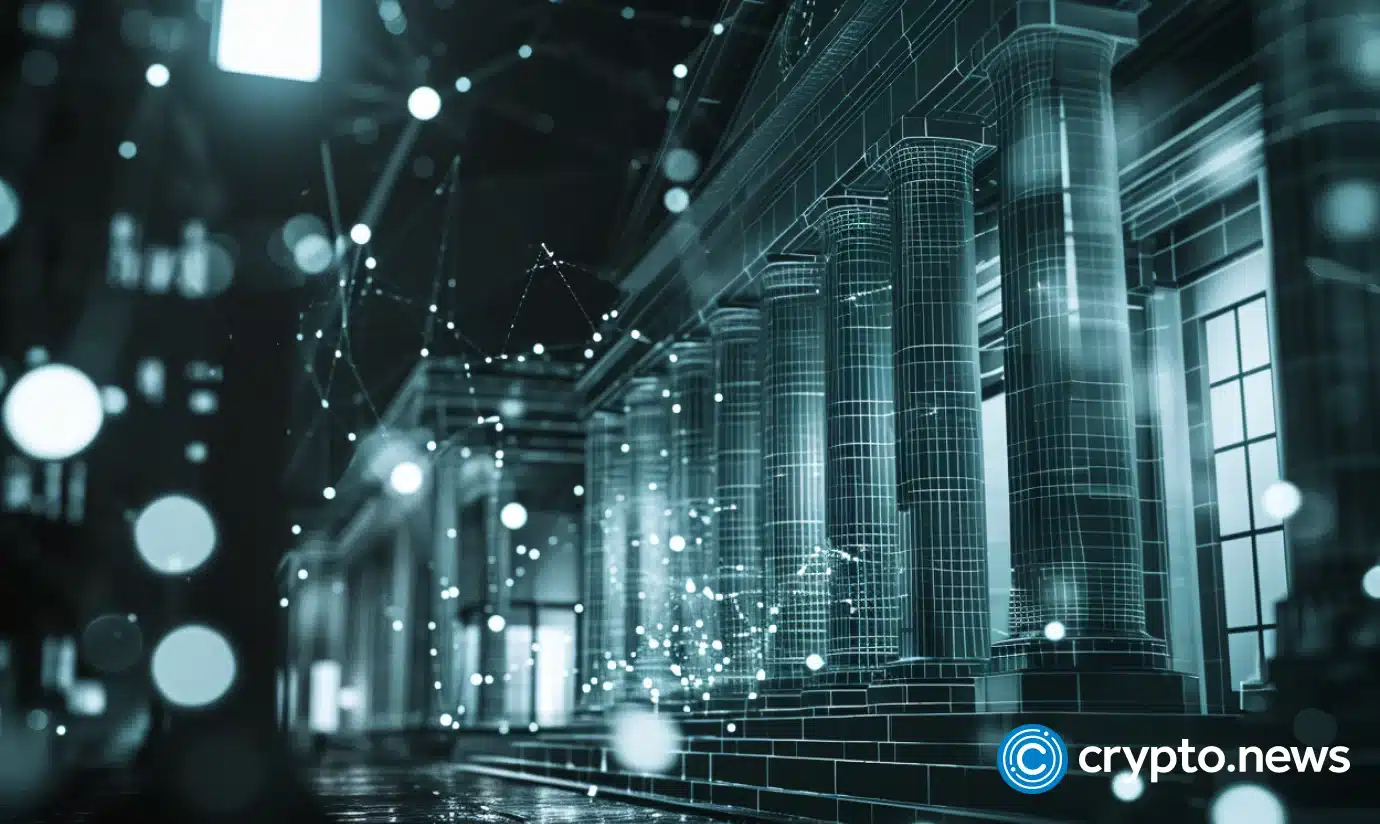Adam Gault Silver is one of my favorite long-term investments, as I see it as a more direct hedge against monetary devaluation risk than gold. The silver ETF (NYSEARCA:SLV) is one of my more prominent positions, excluding the bulk of my investments being in very short-term Treasuries. Although I have no plans to reduce exposure, I believe it is an appropriate time to update my view on SLV. I covered it last in early March in “SLV: Silver Bull Fuel Grows As Inflationary Signals Rebound.” SLV has been up around 15% since then, but it was nearly 25% higher before its recent correction. Silver performed quite well initially as precious metals rose due to an uptick in fundamental inflationary signals. However, my inflation view has changed, as service inflation (which I use to measure long-term inflation trends) has shifted dramatically lower. On top of that, employment stability metrics have turned decidedly bearish, pointing toward interest rate cuts and temporarily lower inflation or even deflation. Although silver is an excellent hedge against the monetary base, it is more exposed to general market risks. When stocks fall, silver usually will, too, mainly silver futures prices, as general market liquidity falters. Of course, if inflation slips dramatically, many may expect a return to low inflation and interest rates, which would not benefit silver in the long run. Though I do not have plans to sell my SLV investment, my short-term outlook has turned somewhat negative due to the growing risk of a more extensive stock market correction and a potential recession. However, should a recession occur, I expect the Federal Reserve may eventually pursue more QE, further debasing the monetary base and potentially fueling an unprecedented rally in the silver market. Silver is Not a Recession Hedge Historically, silver almost always loses value before a recession, although that pattern has changed as monetary debasement has become more common. In my view, silver is less of a hedge against inflation and even less against recessions. Still, it does protect against the monetary base and is correlated to expected future changes. The monetary base is the “M0” money supply, or all physical currency in circulation (from mints) and currency created by the Federal Reserve, which is far more abundant today than in the past. This measure is essentially controlled by the government (incl. central bank), not impacted by bank lending such as the M1 and M2 money supply, making it a precise measure of the amount of currency in the economy. See below: Data by YCharts Silver declined in both the 1990s and early 2000s recessions, but it did not rise afterward because the monetary base did not increase through QE. Silver also crashed in 2008 with stocks but skyrocketed afterward as many feared that the first attempt at monetary debasement would quickly spur hyperinflation. As that failed to occur, silver crashed to a more reasonable level, rising proportionally to the monetary base from 2005 to 2015 (or roughly 3X). From 2018 to 2019, the Federal Reserve became more keen on QT, which, of course, failed by 2020. Silver temporarily lost over 50% of its value in 2020, again tracking the stock crash. However, the onslaught of QE-driven monetary debasement quickly led to a sustained increase in silver prices. Many may expect silver to lose value during the relatively significant quantitative tightening period, as seen in the sharp declines in the Federal Reserve’s balance sheet. However, the Federal Reserve has not markedly lowered the amount of circulating money because reverse repurchase liabilities offset its assets or money lent back to the Federal Reserve from banks following excess liquidity creation in 2021. The difference between the two is highly correlated to the monetary base, given there is only around $2.3T in circulating physical currency (backing some $21T in M2 “money”). See below: Data by YCharts In the past, I’ve argued that investors should pay attention to the trend in reverse repurchase liabilities. When it declines, it signals that bank excess liquidity is declining. Older trends pointed to a total decline by August, which is now unlikely as it has stabilized. Still, it is sufficiently low that the monetary base is now falling, albeit very slowly, implying a decline in financial liquidity. Historically, this is bearish for silver, mainly if we assume it will be a prolonged trend, which may be unlikely. These patterns are mirrored in retail individual investor accounts. Historically, low cash balances among individual investors are bearish for all investments, including silver. If there is insufficient “cash on the sidelines,” there is simply limited reason for investment assets to rise. This pattern is stronger for stocks than SLV, but it is still notable. See below: Data by YCharts Today, cash allocations are about as low as they go, meaning there is limited “dry powder” to go into anything. Even if investors want to buy silver, most do not have the cash to do so. Selling stocks to buy silver would not work if counterparties do not have enough cash. Thus, I expect silver will only rise once stocks decline significantly enough that the Federal Reserve shifts back to QE, leading to higher cash balances that should benefit silver, perhaps reminiscent of the pattern from 2007 to 2012 and 2019 to 2021. A Recession Appears Likely by 2025 I believe that modern financial markets (stocks, bonds, precious metals) are primarily driven by these liquidity trends and secondarily by the economy; however, the economy ultimately drives the liquidity trends, subject to actions from governments and central banks. Although GDP growth metrics appear strong, the recent figure is driven mainly by inventory growth (which is not usually a good sign) and higher consumer spending. Although some argue higher consumer spending points to “consumer resilience,” consumer sentiment is relatively low, mirrored by a 12-year high in credit card delinquency. As such, I believe consumer spending growth is driven by the miscounting of inflation. As is increasingly argued, it seems more likely CPI is undercounted by a percent or two to actual prices people face, potentially meaning the US economy has been in a very slow-moving economic depression since 2021. For example, the CPI does not count consumer borrowing costs, which is the driving factor for higher vehicle and mortgage payments for borrowers today. There are other notable fundamental recessionary signals, such as rising unemployment. As I’ve discussed, there is an evident recessionary pattern today of falling singular full-time employment compared to the total working-age population. I prefer this metric as it accounts for declines in labor force participation, part-time employment, and double-full-time employment, all of which signal economic strain. Although overall jobs may be growing, that is entirely skewed toward underemployment (part-time), with “high quality” full-time jobs that do not require second jobs drying up at a typical early recession pace. Of course, the manufacturing PMI is low, home sales are minimal, bank consumer lending stagnates, and savings rates are depressed. The yield curve has also been inverted but may soon become positive with the “10-2” at -16 bps. Historically, market corrections and crashes are most common, with the yield curve being positive after being inverted, and we’re coming out of the most inverted curve since ~1980. However, because inflation never reached 1980 levels, I’d argue that the recent inversion is perhaps more of a red flag than it was then (as higher rates/inflation cause bond volatility). Although a recession cannot be predicted with 100% accuracy, the signals today are, in my opinion, more significant than ever. Excluding very large companies, most small-cap stocks and small businesses have consistently been struggling since 2020. Indeed, I’d argue most profit growth in public companies is attributable to lost profits for smaller private firms, again pointing to an ongoing economic decline for the median business and household, even if the average is still rising. The Bottom Line Much of this discussion is relevant to far more than silver, but for me, it is at the heart of investor’s struggle with monetary debasement risks. As we saw in 2008 and (to a lesser extent) 2020, the conditions we’re seeing today point toward a negative economic cycle, which is very likely bearish for silver. On average, silver has lost 16% during the past nine stock market crashes from the stock market’s peak-to-trough. However, it usually loses more than that during the initial phase of the crash, as market liquidity falters and inflation outlooks rapidly shift. Now, I have no plans to sell my SLV position, even though I expect a 30% downside may occur. For one, T-Bills are my primary investment today, as I prefer to own cash when others do not, particularly for a 5%+ yield. Secondly, although I expect silver to decline, I also expect the Federal Reserve may be faster than usual to make a dovish pivot. This is a tricky issue as it may be slower to pursue QE as its last efforts created excess inflation. That said, politically speaking, a significant and sustained unemployment increase is likely worse than inflation, even if that means 10%+ inflation. In other words, I expect the Federal Reserve will be too slow initially, leading to temporary deflation (and a silver price decline) as it continues to tout misleading statistics of economic strength. The Federal Reserve has some obligation to be unrealistically bullish because a negative outlook for Jerome Powell could be a self-fulfilling prophecy. Regardless of who wins in November, I expect a sharp rise in unemployment will eventually result in the excess stimulus and monetary debasement seen in 2020. Although it may seem as though Democrats would be quicker to pursue stimulus, the Trump administration pushed for stimulus checks, so I am confident that true fiscal conservatism (which may be bearish for silver) will never return until after there is a more significant inflationary spike (that effectively lowers debt levels). To summarize, I won’t be buying or selling SLV today. I plan to hold my current position and, ideally, substantially expand that stake during a stock market crash. That is what I did in March of 2020, as then detailed in “SLV: Deflation Will Be Temporary, Silver Is Eternal.” At that time, I thought stimulus would result in an inflation spike that would benefit silver; SLV has increased by 112% since. Importantly, even if SLV does not crash or correct with stocks, I may turn bullish simply due to rising monetary debasement potential. That said, I will likely provide an updated outlook when a recession occurs, or the risks of that happening are reduced.
sekar nallalu Cryptocurrency,Harrison Schwartz,SLV SLV: Downside Risk Elevated As Market Liquidity Falters (NYSEARCA:SLV)
Related Posts
Implications of Jerome Powell’s interest rate cut for the US and global economy
As the financial landscape continues to shift and evolve, several key figures and institutions make decisions that have a profound[...]
Two people allegedly racing on Route 9 at speeds over 90 mph arrested after eluding police
Two people were arrested after state police alleged that they were racing each other on Route 9 before they eluded[...]
Helium’s price soars 11% amidst a broad market rally
Helium, a blockchain network tailored for the Internet of Things (IoT), has seen its price climb by 11% over the[...]

